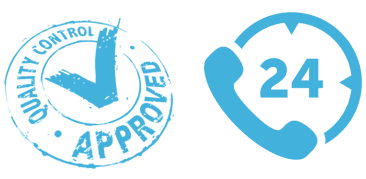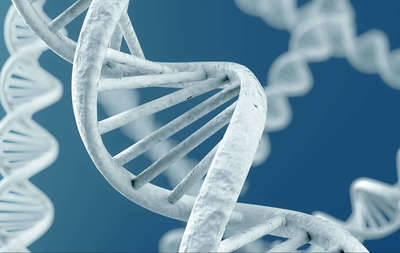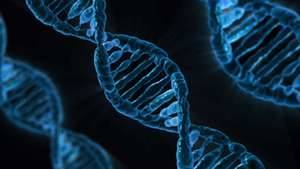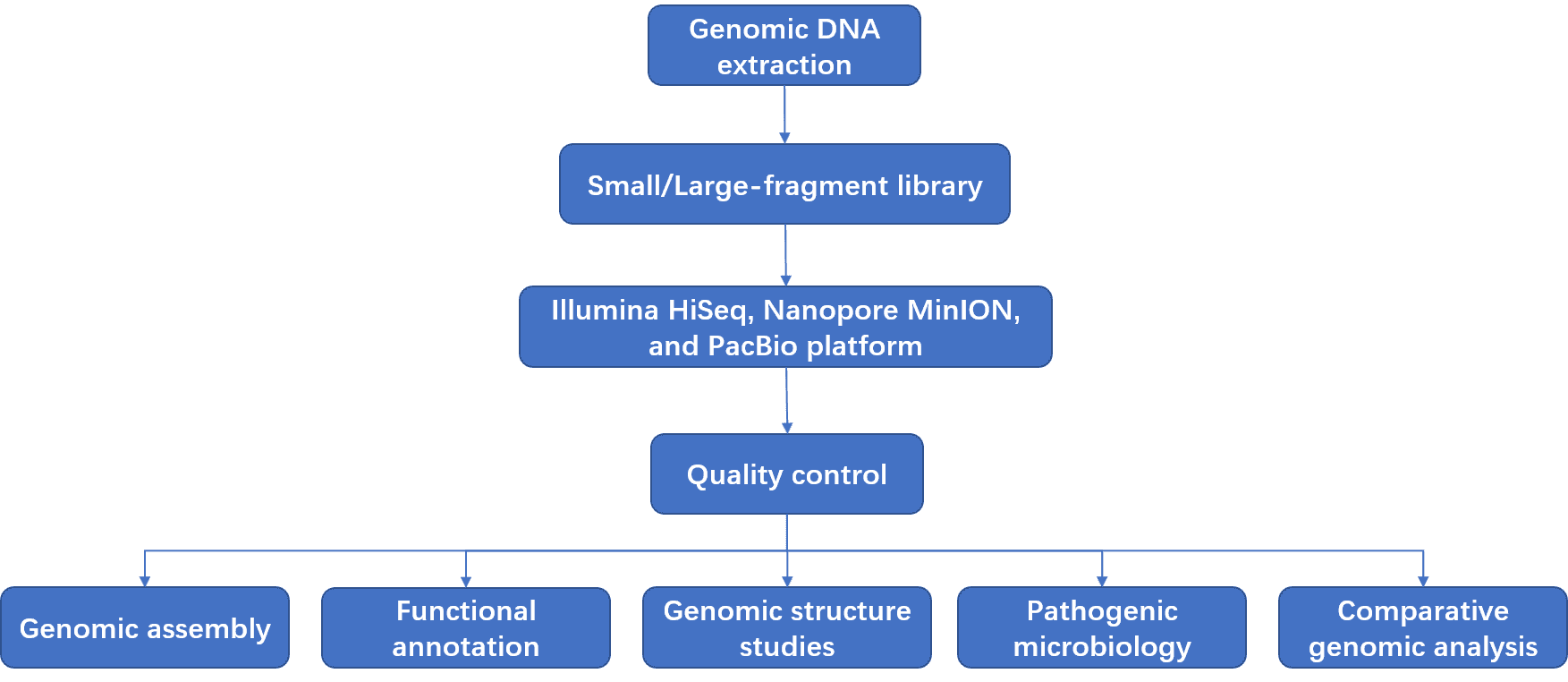Fungal Whole Genome Sequencing
Service Overview
Fungi, a large group of eukaryotes, consist of microorganisms such as yeast and mold, as well as the mushrooms. Many beneficial fungi have important nutritional and medicinal value. However, some pathogenic fungi can cause disease in humans, animals, or plants. With the maturity of high-throughput sequencing technologies, the cost of genome sequencing has been greatly reduced, making it possible to sequence fungal genomes quickly and economically. Fungal whole genome sequencing allows us to obtain the genome sequence of fungi and study their structure and function.
Our Advantages:
- Advanced sequencing platforms: Illumina HiSeq, Nanopore MinION, and PacBio SMRT platforms.
- Rapid, efficient, flexible workflow for sequencing and data analysis.
- Extensive experience in the industry of genomic service.
- Keep up with the frontiers of microbial genomics and bioinformatics analysis.

Tell Us About Your Project
We are dedicated to providing outstanding customer service and being reachable at all times.
 Request a Quote
Request a Quote
Introduction to our fungal whole genome sequencing platform

We provide next generation sequencing (NGS) and long-read sequencing technologies to sequence the fungal whole genome. Our sequencing platforms include the advanced Illumina HiSeq/MiSeq (PE150/251), Nanopore, and PacBio SMRT instruments, which can quickly and efficiently produce high-quality sequencing data. Fungal whole genome sequencing includes two categories: fungal genome de novo sequencing and fungal genome resequencing. The workflow for fungal genome de novo sequencing includes the following steps: (1) the chromosomal DNA is randomly interrupted; (2) different lengths of sequences are selected to construct a library; (3) large-scale sequencing; (4) genomic assembly without any prior genome information; (5) fill the gaps on the draft genomes. The genome sequence of fungal individuals or populations can also be determined through alignment to reference genome sequences using the homogeny of sequences as an index. It is a quick and accurate method for detection of variants.

Fungal whole genome sequencing can be used to identify pathogenic fungi, genes related to pathogen and host interaction, and the evolutionary relationships among closely related species. For edible and medicinal fungi, it can be used to discover complex metabolic pathways and to identify metabolites which are beneficial to human health. And some fungi have implications for biological control or industrial applications. Our platform provides data on the fungal genome sequence, helping to improve medical science, agriculture science, ecology, bioremediation, bioenergy, and biotech industries.
Fungal whole genome sequencing workflow

Bioinformatics Analysis
Our bioinformatics analysis includes: genomic assembly, genomic structure studies, functional annotation, pathogenic microbiology, and comparative genomic analysis.
| Genomic Assembly |
Genomic assembly and outcome evaluation |
| Coding/noncoding gene prediction |
| Repetitive sequence analysis |
| Genomic Structure Analysis |
Genomic island prediction |
| Prophage prediction |
| Detection of CRISPRs |
| LncRNA prediction |
| Functional Annotation |
NR, GO, COG, KEGG, SwissProt, Pfam, TCDB, SignalP, CAZy |
| Pathogenic Microbiology |
Drug resistance gene database (ARDB) |
| Virulence factor database (VFDB) |
| The comprehensive antibiotic resistance database (CARD) |
| Comparative Genomic Analysis |
Synteny analysis |
| Analysis of gene family evolution |
| Phylogenetic analysis |
| ANI analysis |
Sample Requirement
-

- DNA Purity: OD260/280 =1.8 ~2.0 without degradation or RNA contamination
- Illumina platform: DNA/cDNA amount ≥ 2 μg, concentration ≥ 20 ng/μL
- PacBio platform: DNA amount ≥ 10 μg, concentration ≥ 80 ng/μL
Sampling kits: We provide a complete range of microbial sampling kits for clients, including microbial collection products, DNA/RNA isolation kits, and accessories for storage and mailing.
Deliverables: Raw sequencing data, assembled and annotated sequences, quality-control dashboard, and the bioinformatics report.
References
- Martinez D, Larrondo L F, Putnam N, et al. Genome sequence of the lignocellulose degrading fungus Phanerochaete chrysosporium strain RP78. Nature biotechnology, 2004, 22(6): 695.
- Quail M A, Smith M, Coupland P, et al. A tale of three next generation sequencing platforms: comparison of Ion Torrent, Pacific Biosciences and Illumina MiSeq sequencers. BMC genomics, 2012, 13(1): 341.
* For research purposes only, not intended for clinical diagnosis, treatment, or individual health assessments.







